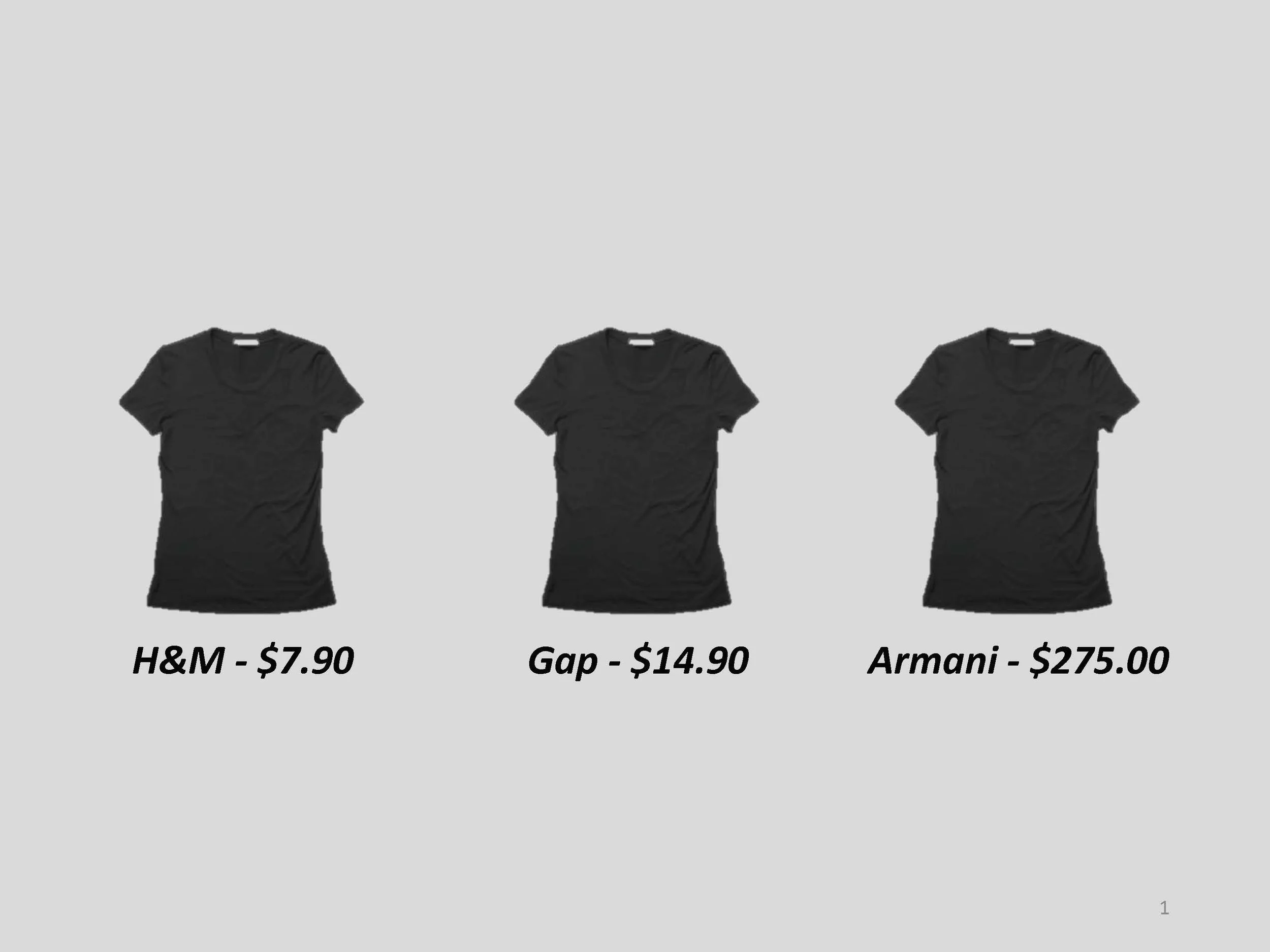Well actually, it takes a venture ecosystem to help startups flourish. Our academic research explores venture ecosystems and how founders can create positive momentum, even when they don’t have a lot of financial resources. The reality is that founders must rely on the help of many others in the venture community to get feedback
Positioning: What Makes You Different and Better?
In an earlier post about marketing strategy, we suggested that there are 3 key questions startups need to answer:
Who are you talking to? That’s your Target Market.
What are you talking to them about? This is the Frame of Reference, or the product category, or the group of competitors.
Why should they choose you? This is your Point of Differentiation.
The Price is Right?
Pricing is one of the hardest decisions, for both startups and larger firms. Price too low and there’s not enough profit; you leave money on the table. Price too high and you can’t get enough customers or build traction. Add in that many people see price as an indicator of quality. For those people, pricing too low indicates that your product offering isn’t valuable. What is the target market willing to pay? This question can be hard to answer.
Writing a Book is Like Starting a Venture? No Way.
Our Origin Story
Like every superhero (#Glass and thanks @StanLee @Marvel), every startup has an origin story. We shared a few pieces in our first blog post, Click to Send - which documented the moment of truth when we actually committed to being done writing so that @MorganJames could begin the publishing process. With the final book on its way, we thought it might be opportune timing to share our own origin story with the genesis of The Titanic Effect idea.
But first, an update on our journey -- last week we received (and signed) our first set of “pre-release” printed books…
50 Ways to Validate Your Startup Idea (Okay, it’s More like 5)
We’ve said it before and we’ll say it again – a great startup founder has to be a little humble. Imagine that you see a problem and find a great solution. You get so excited. You envision a cool solution and start building a product. You figure out how much money you are going to need to get the product built and then…
How Startups can Navigate Around the Customer Value Void
In study after study, the number one reason that startups fail is that they do not offer something new that better meets customers’ needs. See the details in our previous blogpost on product/market fit. This same factor is the biggest predictor of new product failure as well. We call this the Customer Value Void– not offering something that is needed, that is a better solution than the current practice, and that is worth paying for…
Target Marketing 101 for Startups
Picking a marketing strategy is a lot harder for startups than it sounds. Why is that? Basically, it means making three inter-related decisions (that is, the answers to #2 and #3 change as #1 changes):
Who are you talking to? That’s your Target Market.
What are you talking to them about? This is the Frame of Reference, or the product category or the group of competitors to be dealt with.
Why should they choose you? This is your Point of Differentiation.
But notice, the first key decision is “Who is the target market?”
A Marketing Startup Story: What was it Like to be a Passenger on the “Titanic”?
When White Star decided to change strategy from building fast ships to building large ships, it still needed to find a way to differentiate its ships. So, it decided that the Titanic would be both the largest and the “finest” ship in the world. Its innovations would rival even today’s massive cruise ships. To accomplish this goal, it had a number of engineering and design challenges to overcome –
Is Our Product Finished Yet? Secret Answer: For Startups, the Product is Never Finished
One of the fun things we did as part of writing “The Titanic Effect” was explore stories of startup successes. One of the first stories we dig into in the book is that of Randy Hetrick who created the TRX fitness system. So, let’s talk about how he developed this product.
Randy Hetrick was a Navy Seal on deployment on an anti-piracy mission in Southeast Asia in 1997. He was looking for a way to exercise in the limited confines…




